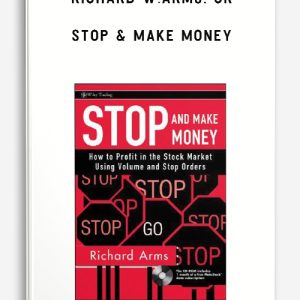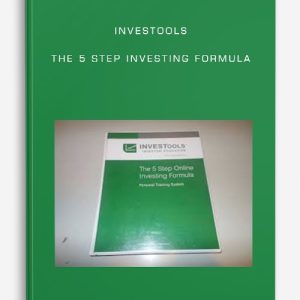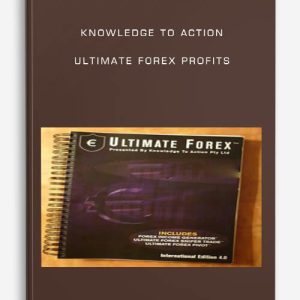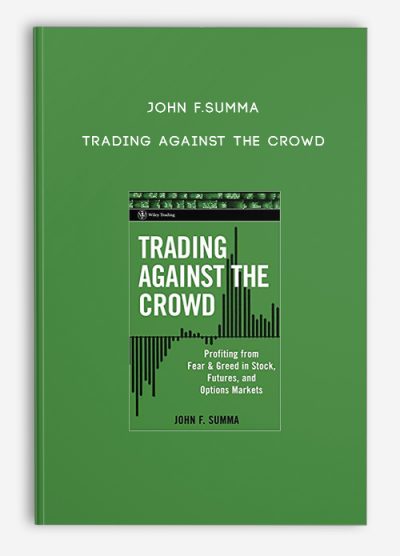John F.Summa – Trading Against the Crowd
$12.00
- Description
Description
Description:
Efficient market theorists contend that markets are random and thus not predictable. With the publication of Trading Against theCrowd, however, noted author, economist, and professional trader John Summa convincingly shows that investor sentiment can be incorporated into profitable stock and stock market trading systems. In this groundbreaking book, Summa explains how to use popular gauges of crowd psychology, such as put/call ratios, option-implied volatility, short sales, investor surveys, and advisory opinion to trade against, or contrary to, prevailing market sentiment. He also makes compelling arguments against the efficient markets hypothesis with the presentation of his own quantitative weekly bear and bull news-flow intensity indices, which he builds from news scans. This data series, and other popular measures of crowd psychology, are processed through custom indicators that are programmed into profitable trading systems, such as Squeeze Play I & II, Tsunami Sentiment Wave, and the Fourth Estate. Trading Against the Crowd is the first book to provide a comprehensive assessment of investor crowd psychology, offering valuable market timing tools and trading techniques, including: MetaStock and Trade Station system and custom indicator code; comparative statistical studies of CBOE, OEX, and equity-only put/call ratios; straightforward instructions for combining price triggers with sentiment indicators; a practical guide to understanding put/call ratios, short sales, investor surveys, newsletter opinion, and stock market news-flow intensity; how to use LEAP options as trading vehicles to avoid use of stop loss orders; use of put/call ratios for trading the Treasury bond futures market; and test results and evaluation of trading system performance. Many of today’s professional money managers rely on investor sentiment for improved market timing. They know that at extremes of market sentiment, markets tend to be the most predictable.Trading Against the Crowd shows how you can begin to profit from these short- to medium-term sentiment waves generated by the actions of the speculative crowd. Put into practice powerful sentiment data using thoroughly back-tested trading systems, and rise above the herd mentality of the investor crowd, where potentially large profits await.
Bond -Stock Trading course: Learn about Bond -Stock Trading
Bond trading definition
Bond trading is one way of making profit from fluctuations in the value of corporate or government bonds.
Many view it as an essential part of a diversified trading portfolio, alongside stocks and cash.
A bond is a financial instrument that works by allowing individuals to loan cash to institutions such as governments or companies.
The institution will pay a defined interest rate on the investment for the duration of the bond, and then give the original sum back at the end of the loan’s term.
A stock trader or equity trader or share trader is a person or company involved in trading equity securities.
Stock traders may be an agent, hedger, arbitrageur, speculator, stockbroker.
Such equity trading in large publicly traded companies may be through a stock exchange.
Stock shares in smaller public companies may be bought and sold in over-the-counter (OTC) markets.
Stock traders can trade on their own account, called proprietary trading, or through an agent authorized to buy and sell on the owner’s behalf.
Trading through an agent is usually through a stockbroker. Agents are paid a commission for performing the trade.
Major stock exchanges have market makers who help limit price variation (volatility) by buying and selling a particular company’s shares on their own behalf and also on behalf of other clients.
Related Products
-
 Add to cartQuick View
Add to cartQuick View -
-84%
 Add to cartQuick View
Add to cartQuick View -
-96%
 Add to cartQuick View
Add to cartQuick View -
-65%
 Add to cartQuick View
Add to cartQuick View








